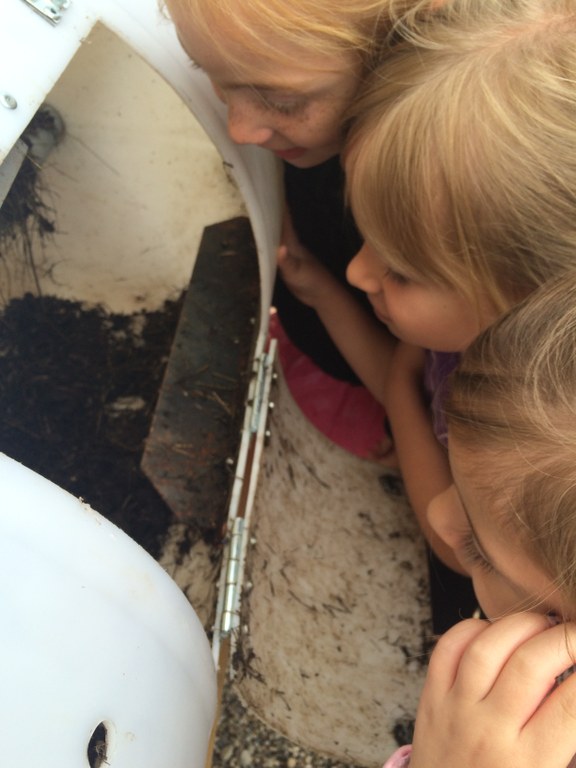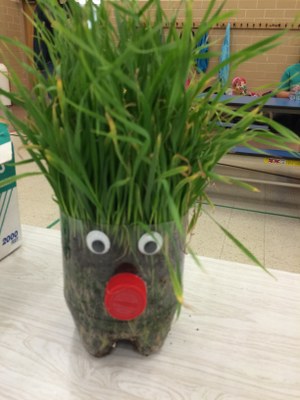Kids and Compost…From the Feedlot to the Garden
With over 500 permitted animal feeding operations in North Dakota, the potential fertilizer value from nutrients being produced by livestock is noteworthy.
The American consumer is three to four generations removed from agriculture, meaning the connection to where food comes from and how it is produced is limited and at times, unknown.
During the January 2015 event called Ag and YOUth held in Jamestown, the common response from youth when asked about livestock manure was “eww, gross” or “it smells bad”. The Kids and Compost program began to evolve as a way to make an agriculture connection with youth while demonstrating a nutrient cycle and showing them how an animal’s “waste” product is useful.
Grant funds were obtained in 2015 from the North Dakota Junior Master Gardener (JMG) program to build compost tumblers for use in Extension programs. Compost tumblers were assembled for Emmons and Stutsman counties. The project, Kids and Compost, became part of a larger program in each county during the summer. A whole farm nutrient cycle program was created including:
- Feedlot manure and other appropriate materials being turned into compost in a tumbler.
- Engaging presentation aids and hands-on activities where students learned what manure feels like, smells like, what nutrients it contains, and how manure and compost are used as a fertilizer source or soil amendment.
- The opportunity to participate in a group project making compost in a small tote.
- Each student grew their own wheat to take home using compost to show the full cycle of livestock creating nutrients that can be used to produce human food.

Youth viewing compost that was made in a tumbler during the Stutsman County project. A special thank you to Wholesale Ag Products in Carrington for donating the new plastic barrels that were used to make the body of the tumbler.
A total of 100 students from first through sixth grade participated in the Kids and Compost lesson in two counties during the summer of 2015.
Based on post-participation surveys of the students:
Emmons County
- 100% gained above average or a lot of knowledge on how compost is made.
- 83% said they had above average or a lot of knowledge of what materials can be composted.
- 92% said they had above average or a lot of knowledge of what nutrients are in compost.
Stutsman County
- 92% correctly answered the question: “What materials can be composted?”
- 19% answered “composting” when asked one thing they learned during the summer-long JMG program.

This is some feedback received from the program:
- One student intended to: “Teach my mom how to compost.”
- “They became aware not everything comes from a store. You can grow it!” – Guardian
- “They had a lot of questions where each food comes from.” – Guardian
(Above) A growing wheat head. A special thank you to Coke in Bismarck for donating the bottle planters and cap noses for this project.
Mary Berg
Area Extension Specialist
Livestock Environmental Management


